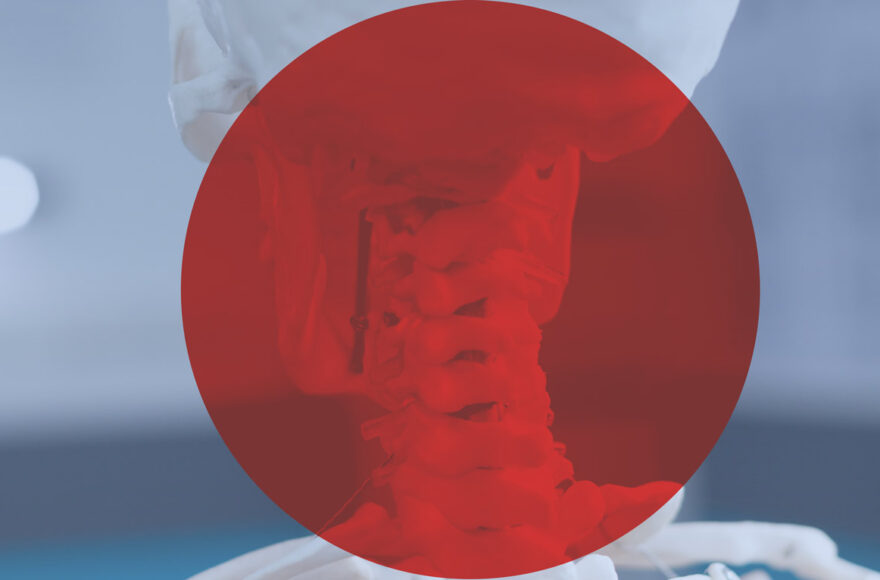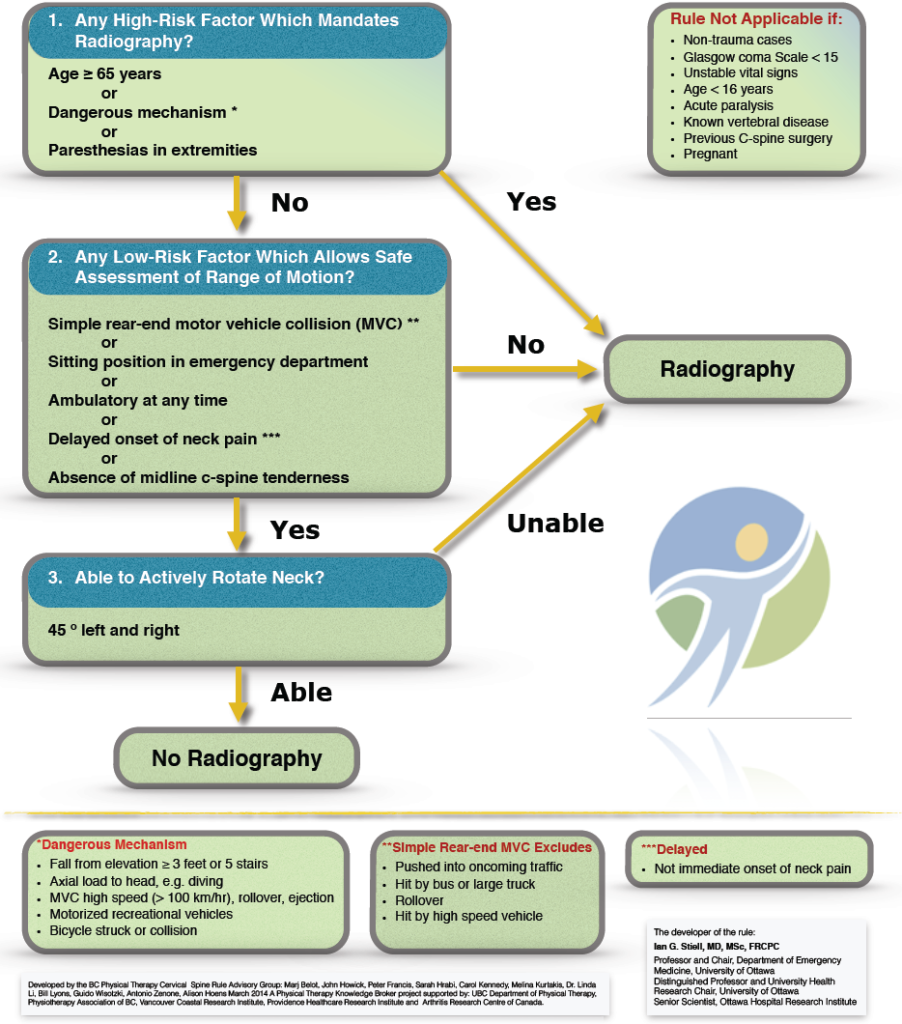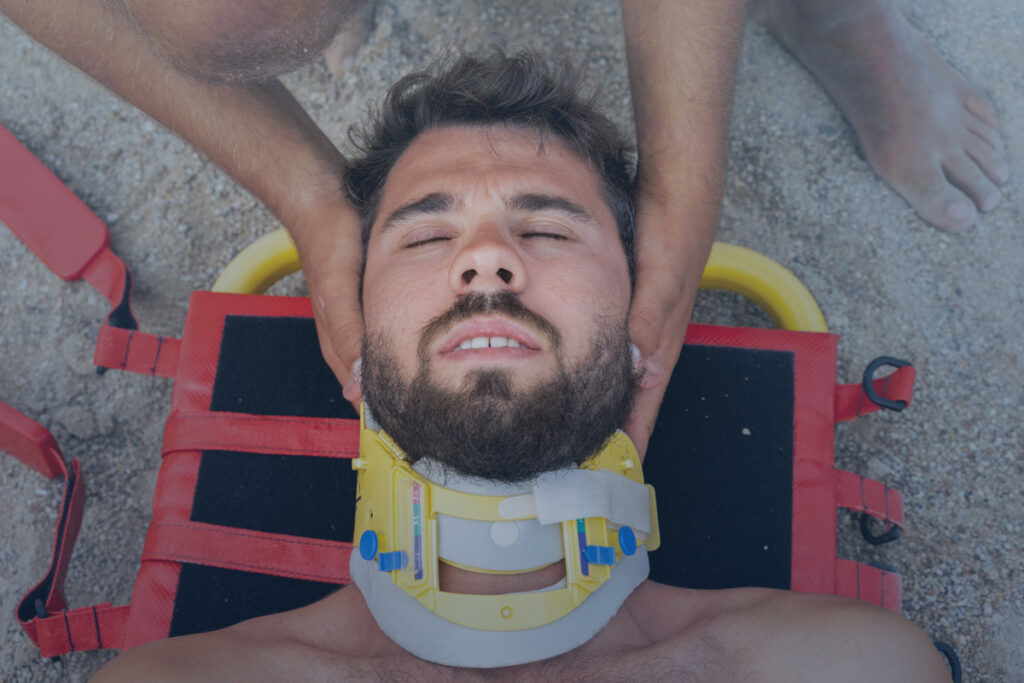All About…Immobilisation

Canadian C-spine Rules
To be brought into effect when a GCS15 patient has had trauma and c-spine injury is a concern. Not meant specifically for prehospital care, it is used to rule out the need for radiography in hospital. However, it can be used as a on scene tool to support immobilisation and also give a heads-up to hospital staff on handover.

Stage 1 of Assessment – Auto-radiography
So initially if your pt is 65 years old or over, that’s an automatic consideration for radiography.
As is paresthesias in limbs, hands and/or feet (tingling, numbness, pins and needles).
The third is ‘dangerous mechanism’ which comprises of:
- Fall from 3 feet / 1 meter or 5 stairs
- Axial loading (hitting head on pool floor after diving in or striking head on barrier whilst ice skating, something heavy falling on head)
- High speed RTC (over 60mph) / rollover RTC / ejected from vehicle.
- Bicycle Struck or collision
- Motorised Recreational Vehicles such as golf cart or ATV.
Stage 2 of Assessment – Factors suggesting low risk of cspine injury
- Ambulatory (able to walk around).
- Neck pain is not immediate
- Abscence of midline c-spine tenderness
- Able to sit in A&E
- Rear-end RTC classified as simple. Exclusion include:
- Pushed into oncoing traffic
- hit by bus or large truck
- Rollover
- Hit at high speed
Stage 3 – C-Spine Range of Movement
Testing of the patient can move their head 45 degree to the left and right.
Exclusions
- Non-trauma
- Pregnant
- < GCS15
- < 16 years old
- Acute Paralysis
- Known spinal disease
- Previous Cspine injury
- Unstable vital signs
JR Calc Rules
To be used prehospitally, JRCalc has a lower risk threshold for immobilisation than the Canadian Cpsine Rules but borrows a lot from the algorythm. Auto-immobilisation occurs when:
- Drugs / Alcohol involved
- confused or uncooperative (if possible)
- reduced responsiveness
- spinal pain (+ pain on coughing)
- motor weakness in hands / feet
- past spinal issues
- priaprism
- distracting injuries present
- Cannot mobilise without pain or abnormal neurology.
JR Calc has the same dangerous mechanism criteria with the addition of horse riding for Motorised Recreational Vehicles. It has the same low-risk factors (Stage 2) as the CCSR.

